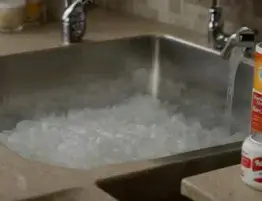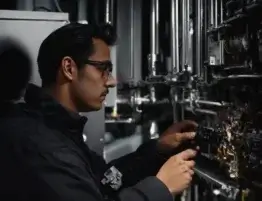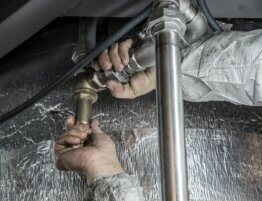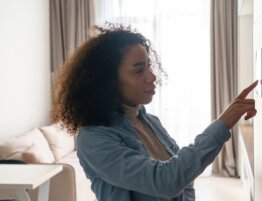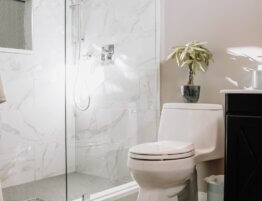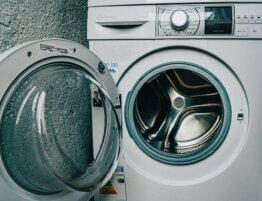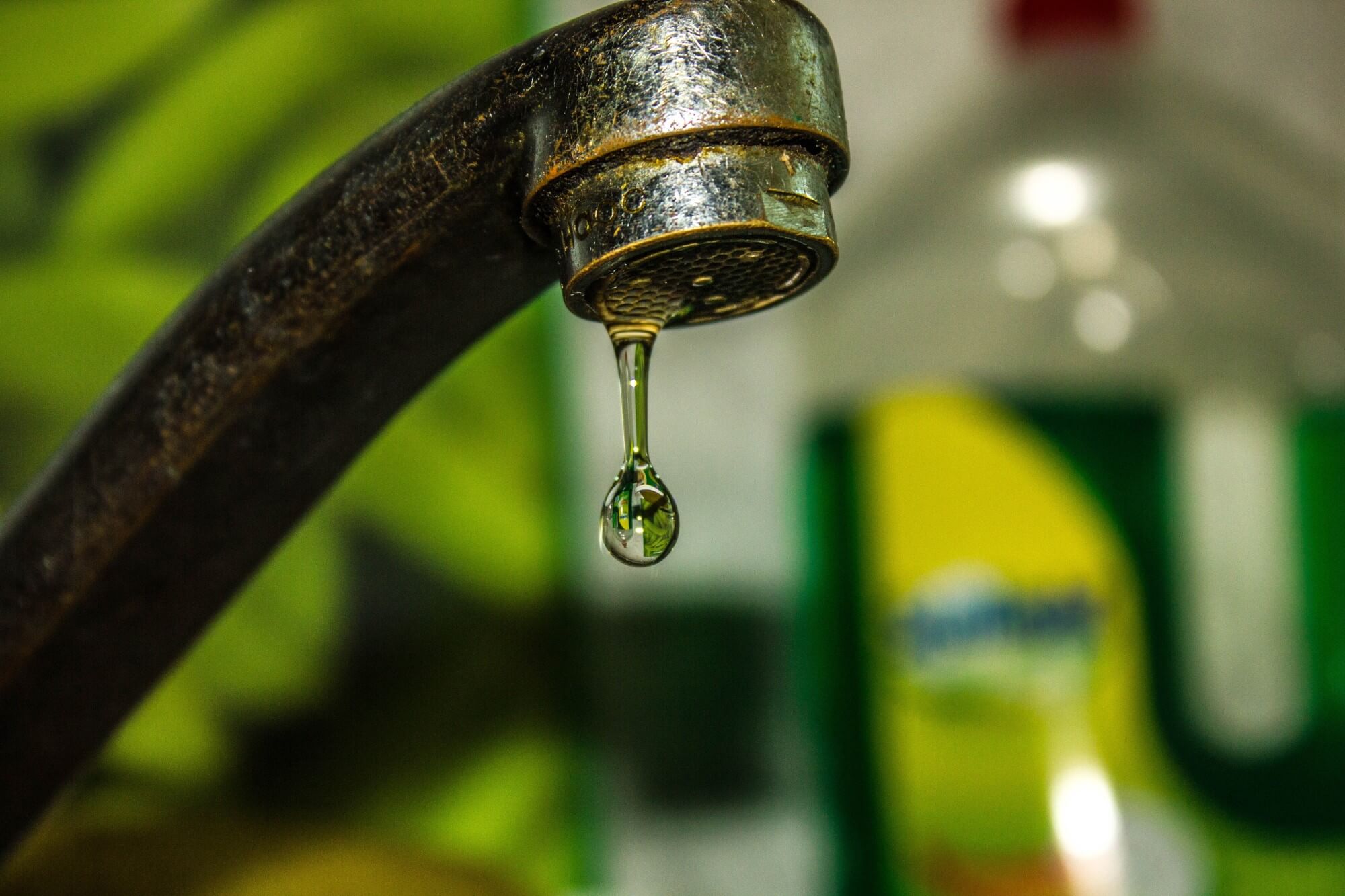
Did you know that simple household leaks account for 1 trillion gallons of wasted water each year? Whether it’s water from a faucet or from a showerhead, leaks can spring from a variety of places.
If your faucet currently leaks, and you’ve asked the question ‘how much water does a dripping faucet waste?’, you’ve come to the right place. Keep reading as we answer that question and explore the reasons why you should get that leaky faucet fixed after all.
How Much Water Does a Dripping Faucet Waste?
The average person utilizes just over 100 gallons of water every single day. To put that into perspective, that’s almost three full bathtubs worth of water used each day.
When you factor in a leaky faucet, that water usage number starts to climb.
How much that number climbs depends on how quickly the faucet tends to leak. This will understandably vary from household to household. A general measurement, per the EPA, is that the average leaky faucet dripping at least one drip per second equates to 3,000 lost gallons of water per year!
Wasting Water
So, how many drips are in a gallon? By taking the number of gallons above, multiplied by the rate of drips per second, you’re looking at thousands of drips in each gallon. Another more accurate statistic, provided by the USGS, is that one liter, which roughly equates to a quarter of a gallon, holds roughly 4,000 drips of water.
While it may take some time for those small drips to fill an entire gallon-sized bucket, it will continue to happen if the faucet doesn’t get fixed. Thousands of small drips from a dripping tap will start to add up over time.
Hidden Costs
With a leaky faucet adding up to gallons of wasted water, these amounts can hit the utility bills hard. An unfixed leak literally leads to money down the drain, one small drip at a time.
Water prices vary from state to state, and certain households will of course utilize more water than others. Regardless of where you’re located in the U.S., with a consistent leak, your water bill will likely see a jump.
Even the smallest drips can lead to major damage. Another hidden cost of an unfixed leak is related to potential plumbing issues. A small leak has the potential to turn into issues like mold and structural water damage.
It’s much more difficult to replace an entire water-damaged wall than it is to fix a leaky faucet.
Environmental Aspects
Apart from rising utility bills, gallons of leaking water isn’t exactly an environmentally friendly practice. Water shortages are a very real occurrence.
With gallons of water being wasted on an annual basis, this brings environmental concerns like droughts and water shortages into sharp relief. While it may not seem like it, small drips can impact water shortages if left untreated.
Additional Drawbacks
Apart from wasted water and rising utility bills, leaky faucets can also lead to poor pressure in a home’s pipe system. To offset the irregularity, more energy is required to raise the pressure back to normal.
The imbalance in water pressure can cause other water fixtures in the home to leak. The low pressure prevents water from flowing smoothly throughout the entire pipe system in your home.
Water that gets backed up tends to find other places to escape such as toilet tanks or other faucets throughout the home.
Flow Rate
If you’re looking to calculate how much water is leaking from your faucet, you can eyeball the flow rate with a few simple steps. Remember to use a container with a marked volume amount so you can properly measure the collected water.
- Place a container under your faucet
- Turn on a timer or stopwatch
- Allow the water to fill the container to the brim or volume line
- Calculate the rate
The rate will be the volume of water collected divided by the time on your stopwatch. Multiply this amount by 60 in order to convert the amount into minutes. Voilà! You have the flow rate.
Other Sources of Leaks
Leaky faucets aren’t the only culprit for water waste and increased utility bills. Leaks can spring from several additional sources in the house. If you find a leak in a household appliance like the refrigerator or dishwasher, you’ll want to get it fixed as soon as possible.
Leaks can also spring from underneath the sink or even from the hoses on a washing machine. Leaks from these areas in the home can lead to significant damage, ultimately leading to a higher cost of repair.
Checking for Leaks
While the most apparent way to know you have a leak is the audible reminder of a faucet that drip, drip, drips throughout the day. If you want to get a leak fixed before it causes significant damage, you can also visually inspect any exposed piping in the home.
You can also physically feel around for potential leaks in places like the bathtub or under the sink. You will also want to confirm your water usage on your monthly water bill. If you notice major irregularities, you may just have a leak on your hands.
Leaky Faucet Repair
Hopefully this guide has answered the question ‘how much water does a dripping faucet waste?’ If you have a dripping faucet in your home, our team of plumbing specialists is here to help.
At My Guys Plumbing Heating and AC, we understand that plumbing problems can pose a huge problem for you and your family. We’re here to provide prompt, reliable services to fix all of your plumbing problems.
Contact us today – we’ll help put your mind at ease by fixing those pesky drips in no time!


